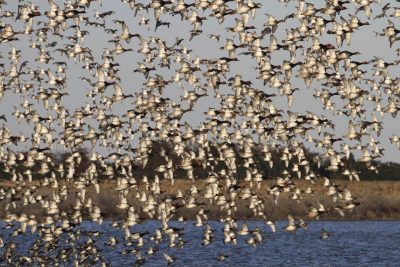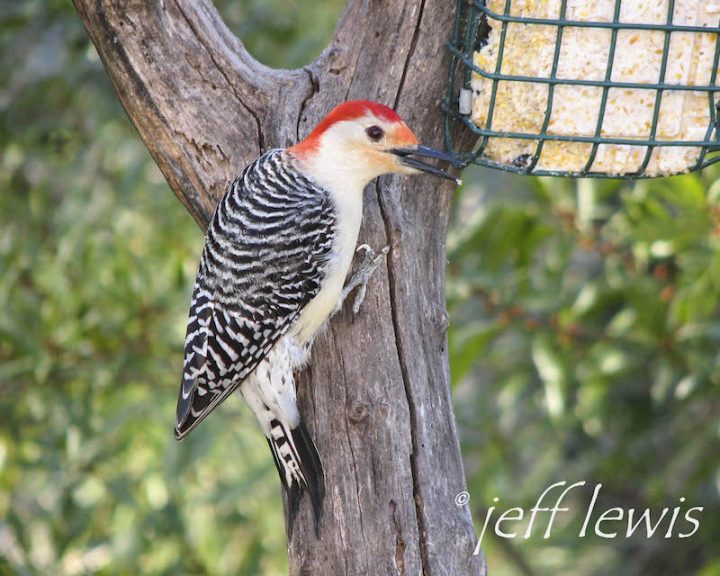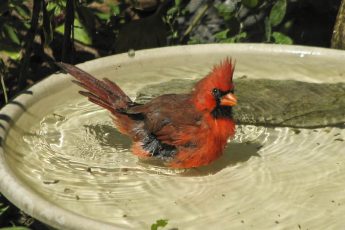Reprinted from the Outer Banks Voice
Now that winter has settled in, it’s time to don a couple of extra layers and get outside. This is the best time of year to visit the local wildlife refuges to observe waterfowl.
Supporter Spotlight

Pea Island, Alligator River, Mackay Island and Mattamuskeet National Wildlife Refuges are hosts to lots of ducks, geese, swans and other water birds this time of year.
When you set a date, plan to get up early; birding is almost always best in the morning. Birds are active, the light is good and the traffic and other human noise are reduced. Early morning is also the best time to see big flocks in the air as noisy geese and swans move from roosting areas to feeding areas.
My personal favorite locations are North Pond at Pea Island right at sunrise, the Mattamuskeet causeway slightly before sunrise, Mattamuskeet’s Wildlife Drive anytime in the morning, and the Alligator River refuge at sunset. These favorite places are magical on cold, clear, calm days.
A little farther away, the farm fields near the refuge headquarters on the Pocosin Lakes Refuge near Plymouth can be amazing just before dark. If you can hit it just right, the winter flocks of snow geese and tundra swans all lifting off at one time to head for their roosts on Pungo Lake can be a thrilling experience.
If you simply must hibernate during cold weather, fear not, you can still get your bird fix.
Supporter Spotlight
Winter is the best time of year for feeder watching. Natural foods like insects and fruits are often in short supply, especially in more northern latitudes, and birds are naturally attracted to well-stocked feeding stations. For best results, offer a variety of bird food in a variety of feeders.

The No. 1 bird seed in this area is black oil sunflower seed. Chickadees, titmice, nuthatches, cardinals, white-throated sparrows, towhees, goldfinches, house finches, mourning doves, blue jays and woodpeckers all love these small sunflower seeds.
A tube feeder is the most popular choice for most of these birds, but the cardinals, doves, towhees and sparrows would prefer to feed on or near the ground. A low platform or hopper feeder is more to their liking, or you can just broadcast a couple of handfuls on the ground every day or two.
Thistle seed is very good for finches, especially those smaller-billed finches, such as goldfinches and pine siskins. These tiny, expensive seeds require a special tube feeder or sock.
White proso millet is good for a variety of sparrows, and the doves really love it, as well. This is what you must have if you want to attract painted buntings, which we do have in small numbers on the Outer Banks in winter.
White millet is best offered on a low platform feeder or on the ground, although most any feeder style will work for the buntings.
Peanuts attract a lot of birds, especially the ones already shelled or in pieces. Chickadees, titmice, nuthatches, Carolina wrens, various woodpeckers and blue jays love them. The standard tubular wire peanut feeder works well; the birds can peck the peanuts through the openings.
It’s hard to beat a good seed mix if you can find it. The good mixes will be composed of black oil sunflower, white millet, safflower, peanut pieces and sometimes dried fruit.
Almost all of the seed mixes offered at the “big box” stores contain filler that few of the birds eat – canary seed, milo, corn and wheat – and are just a waste of money.

Bird specialty stores usually carry the best seed mixes. They may cost a little more, but there is less waste. These mixes can be offered to the birds in a tube feeder, hopper feeder or platform feeder.
Suet is a popular food to attract birds. Many birds are naturally insect eaters and prefer suet, which is beef fat, to seeds. Suet cakes are readily available commercially and all brands and flavors will work to a certain extent, but some are better than others. If you have the time, you can even make your own, which are superior to the store cakes.
Suet cakes are normally offered to birds in little wire cages that can be hung up by a chain or mounted on a board.
Woodpeckers, nuthatches, wrens and many other birds love suet. Sometimes birds not usually attracted to feeders, including warblers, orioles, brown creepers and tanagers, will show up at suet feeders.
Raccoons love suet, too, so if you have a raccoon problem, you may want to purchase the hot pepper variety. The “heat” does not affect the birds.
Water, especially moving water, is the very best way to attract the greatest variety of birds to your yard.
Most birds do not even eat birdseed, but all birds need water, both for drinking and bathing. It is vital that birds keep their feathers in tip-top shape.
Shallow bird baths are superior to deep ones and it helps to place a rock in the bath, which gives the birds more confidence. Birdbaths need to kept clean and once again, moving water is best. This can be accomplished using a drip irrigation device that allows a controlled drip into the birdbath, or with a small pump that sends up a spray from a small pond or tub.
Regardless of what you feed your birds, or how nice your water features are, you will have better luck by far if your habitat is right. This means having a good variety of native trees and shrubs on your property and enough cover for the birds to feel safe.
There are numerous websites and books available to help you choose the proper plants to improve your yard and winter is a perfect time for such projects.
This story is provided courtesy of the Outer Banks Voice, a digital newspaper covering the Outer Banks. Coastal Review Online is partnering with the Voice to provide readers with more environmental and lifestyle stories of interest about our coast. You can read other stories about the Outer Banks here.







